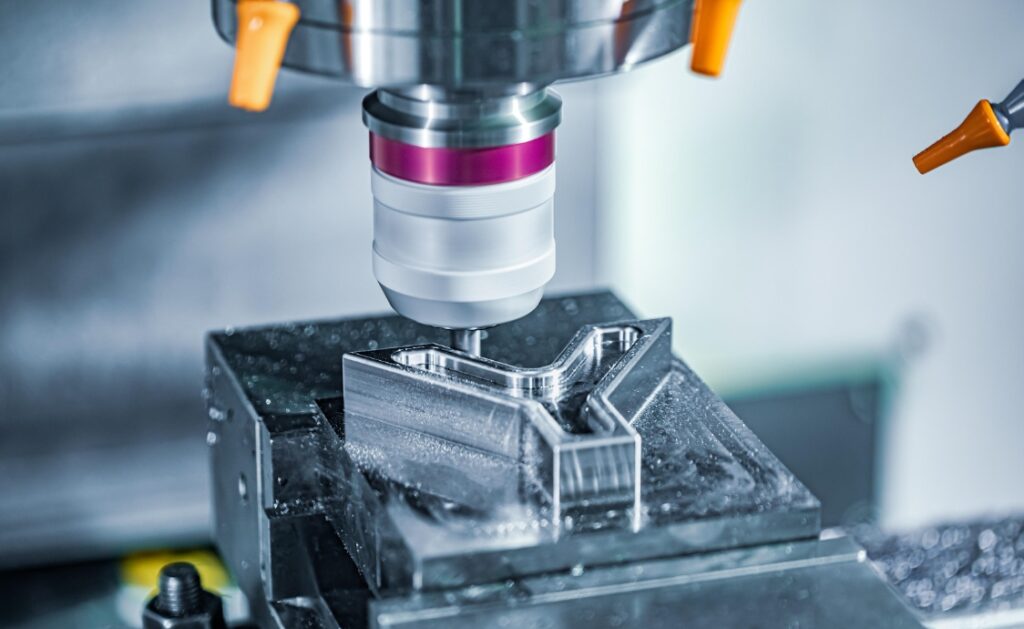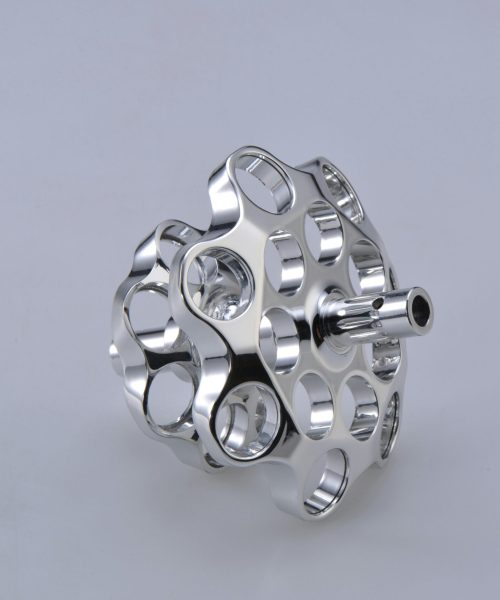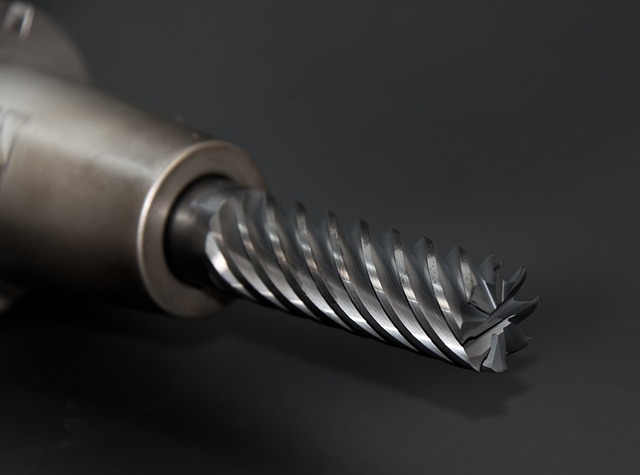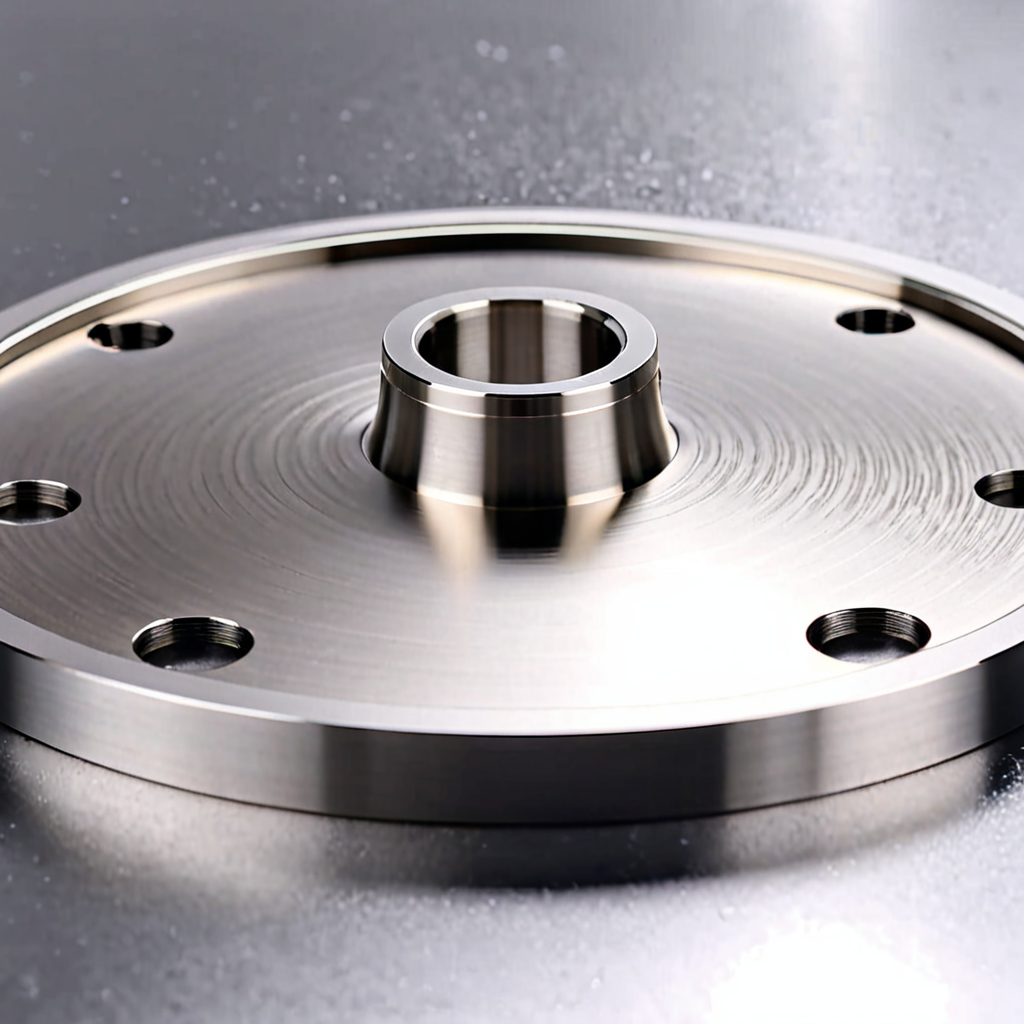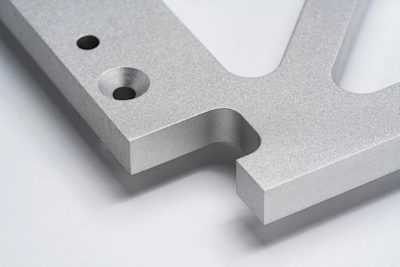The automotive industry has undergone significant transformations over the years, with technological advancements playing a pivotal role in shaping modern manufacturing processes. Among these innovations, Computer Numerical Control (CNC) machining has emerged as a cornerstone of contemporary automotive production. CNC machining, a process where computer software directs the movements of machinery, has revolutionized the way automotive components are designed and produced. This article explores the integral role of CNC machining in modern automotive manufacturing, highlighting its contributions to precision, efficiency, and innovation.


Precision is paramount in automotive manufacturing, where even the slightest deviation can compromise the performance and safety of a vehicle. CNC machining excels in this regard, offering unparalleled accuracy and consistency. By adhering to stringent tolerances, CNC machines ensure that each component, from engine parts to gearbox elements, meets the exacting standards required for optimal vehicle operation. This level of precision not only enhances the reliability of automotive parts but also contributes to the overall safety of vehicles on the road.
In addition to precision, CNC machining is celebrated for its versatility in handling a wide array of materials. Modern vehicles are constructed from diverse materials, including aluminum, steel, and advanced composites, each chosen for specific properties such as strength, durability, and weight reduction. CNC machines are adept at processing these materials with equal efficiency, enabling manufacturers to produce a broad spectrum of components without frequent equipment changes. This adaptability is crucial in an industry where the demand for varied and specialized parts is ever-present.
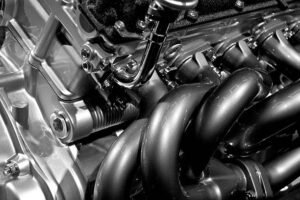

Efficiency and speed are additional hallmarks of CNC machining, making it an indispensable asset in high-volume automotive production. Unlike traditional machining methods that rely heavily on manual labor and are often time-consuming, CNC machines operate with minimal supervision and can function around the clock. This capability significantly accelerates production rates, allowing manufacturers to meet the high demand for automotive parts while maintaining cost-effectiveness. The automation inherent in CNC machining also reduces the likelihood of human error, further enhancing production efficiency.
The integration of CNC machining with other advanced technologies has further elevated its role in automotive manufacturing. Modern production lines often incorporate automation and robotics, creating seamless manufacturing systems where CNC machines serve as key components. This integration not only streamlines production processes but also ensures consistency across all stages of manufacturing. As a result, automotive manufacturers can achieve faster production cycles and maintain high-quality standards, which are essential in a competitive market.
Customization is another area where CNC machining excels, offering manufacturers the flexibility to produce specialized components tailored to specific designs. In the automotive sector, this capability is invaluable for creating parts that cater to different vehicle models or aftermarket modifications. The ease with which CNC machines can switch between different designs without extensive setup changes underscores their value in a market driven by diverse consumer preferences.
Environmental considerations also highlight the benefits of CNC machining. By minimizing material waste through precise cutting, CNC machining contributes to cost savings and environmental sustainability. Furthermore, the production of components that enhance fuel efficiency aligns with the industry’s push towards eco-friendly vehicles. This dual benefit of reducing waste and promoting sustainability positions CNC machining as a forward-thinking solution in modern manufacturing.
Moreover, CNC machining enables the creation of complex geometries that would be challenging or impossible to achieve with conventional methods. Automotive parts often feature intricate designs that are critical for performance and aesthetics. CNC machines, with their
Future Trends In Automotive CNC Machining Technology
The automotive industry has long relied on CNC machining for the production of high-precision parts, a cornerstone of modern manufacturing. As technology evolves, the sector is poised to embrace several transformative trends that will shape its future.
One significant trend is the integration of advanced automation and artificial intelligence. CNC machines are increasingly being equipped with AI and machine learning algorithms to optimize production processes, predict maintenance needs, and reduce human intervention. This shift towards smarter manufacturing not only enhances efficiency but also minimizes errors, ensuring higher quality products.
Another notable development is the use of lightweight materials, driven by the industry’s focus on electric vehicles and emissions reduction. CNC machining is adapting to work with materials like aluminum and carbon fiber, which are crucial for creating lighter, more fuel-efficient vehicles. This trend is expected to grow as demand for eco-friendly transportation solutions increases.
In addition to material innovation, additive manufacturing, or 3D printing, is emerging as a complementary technology to CNC machining. Hybrid machines that combine both subtractive and additive processes are on the horizon, offering the ability to create complex geometries that traditional methods cannot achieve. This integration promises to revolutionize part design and production.
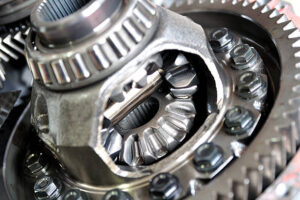

Sustainability is another key focus, with efforts to reduce environmental impact through eco-friendly practices. CNC machining is adopting strategies such as minimizing material waste, recycling, and using energy-efficient machinery. These practices align with the broader industry goal of greener manufacturing.
The role of the Industrial Internet of Things (IIoT) cannot be overlooked. By enabling machines to communicate and share data, IIoT facilitates predictive maintenance and optimizes production workflows. This connectivity is essential for streamlining supply chains and enhancing overall efficiency.
Finally, global competition is driving continuous innovation. As manufacturing capabilities expand worldwide, companies must invest in cutting-edge CNC technologies to remain competitive. This drive for innovation is expected to lead to advancements that improve both product quality and cost-effectiveness.
In conclusion, the future of automotive CNC machining is marked by a convergence of automation, material innovation, additive manufacturing, sustainability, IIoT, and global competition. These trends collectively promise to enhance efficiency, reduce environmental impact, and drive the industry forward. As the automotive sector evolves, CNC machining will remain a vital component, shaping the next generation of vehicles with precision and innovation.
Ensuring Precision And Quality In Automotive CNC Machined Parts
**Automotive CNC Machining Parts: Ensuring Precision and Quality**
In the automotive industry, the demand for components that combine high performance, durability, and safety has led to the widespread adoption of CNC machining. Computer Numerical Control (CNC) machining has become indispensable in manufacturing automotive parts due to its ability to produce intricate designs with exceptional accuracy. This technology is crucial for creating components such as engine parts, gearboxes, and braking systems, where precision is paramount.
Precision is the cornerstone of automotive CNC machining. Even the slightest deviation from specified tolerances can lead to component failure, which is particularly critical in the automotive sector where safety is non-negotiable. For instance, components like brake rotors and steering systems require flawless manufacturing to ensure vehicle safety and reliability. CNC machining excels in this regard, offering repeatable and consistent results that meet stringent industry standards.
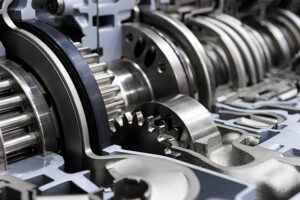

The manufacturing process begins with meticulous design and planning. Engineers utilize Computer-Aided Design (CAD) software to create detailed blueprints, ensuring that every aspect of the part is meticulously planned. Material selection is the next critical step, as different materials offer varying properties that affect the final product’s performance and longevity. For example, aluminum might be chosen for its lightweight properties, while steel could be selected for its strength.
Once the design and material are finalized, the CNC machining process commences. Using advanced machinery such as lathes and milling machines, the raw material is shaped according to the programmed instructions. These machines operate with precision, adhering to the exact specifications outlined in the design phase. Post-machining, various finishing processes like grinding or coating may be applied to enhance the part’s surface finish and durability.
Quality control is integral to ensuring the excellence of automotive CNC machined parts. Rigorous inspections are conducted using tools like Coordinate Measuring Machines (CMMs) and vision systems to verify dimensional accuracy. Additionally, parts may undergo stress and durability testing to ensure they can withstand the rigors of real-world conditions. This comprehensive approach guarantees that each component meets the highest quality benchmarks.
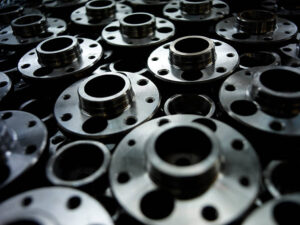

In conclusion, the integration of CNC machining in automotive manufacturing has set new standards for precision and quality. By adhering to a meticulous process from design to final inspection, manufacturers ensure that each part not only meets but exceeds industry expectations. This commitment to excellence is vital for maintaining the safety and performance of modern vehicles, underscoring the pivotal role of CNC machining in the automotive industry.

